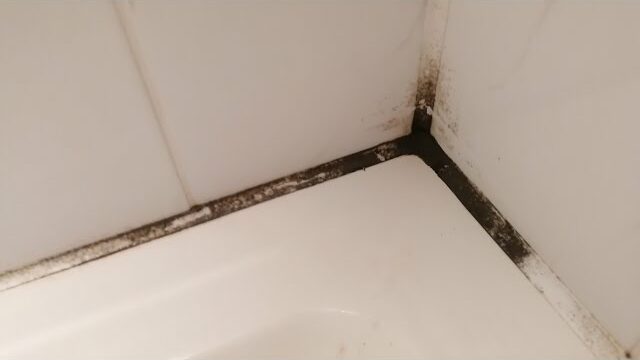
Cleaning moldy silicone around your home, such as in bathrooms or kitchens, can be a challenging task, but it’s essential for maintaining a clean and healthy environment. Here’s a step-by-step guide on how to effectively remove mold from silicone sealant:
Materials Needed:
-
White vinegar or bleach (Note: Never mix vinegar with bleach)
-
Baking soda
-
Protective gloves
-
Safety goggles (if using bleach)
-
A soft brush or an old toothbrush
-
A spray bottle
-
Cloth or sponge
Instructions:
Using Vinegar (for a less harsh method):
-
Preparation: Wear protective gloves. Vinegar is less harsh than bleach but can still irritate sensitive skin.
-
Application:
-
Fill a spray bottle with white vinegar. Do not dilute it, as the strong concentration helps kill mold.
-
Spray the vinegar generously on the moldy silicone and let it sit for at least an hour. Vinegar naturally kills mold spores and neutralizes the odor.
-
-
Scrubbing:
-
After letting the vinegar sit, use a soft brush or an old toothbrush to scrub the silicone. Be gentle to avoid damaging the sealant.
-
-
Rinsing:
-
Wipe the area with a damp cloth to remove any mold residue and vinegar.
-
-
Drying:
-
Dry the area thoroughly with a clean towel. Mold thrives in moisture, so keeping the area dry is crucial.
-
Using Bleach (for more stubborn mold):
-
Preparation:
-
Wear protective gloves and safety goggles to protect against splashes.
-
-
Creating the Solution:
-
Mix one part bleach with four parts water in a spray bottle.
-
For stronger mold infestations, increase the bleach concentration, but ensure the room is well-ventilated.
-
-
Application:
-
Spray the bleach solution onto the moldy silicone, ensuring it is thoroughly soaked.
-
Let it sit for 15-30 minutes.
-
-
Scrubbing:
-
Use a soft brush or an old toothbrush to scrub the silicone. The bleach should have killed the mold, making it easier to remove.
-
-
Rinsing and Drying:
-
Rinse the area with water and dry it thoroughly with a clean towel.
-
Using Baking Soda:
-
Creating a Paste:
-
Mix baking soda with a little water to form a thick paste.
-
-
Application:
-
Apply the paste to the moldy areas on the silicone.
-
You can apply vinegar first and then the baking soda paste for a double effect—the mixture will fizz and help lift the mold.
-
-
Scrubbing and Rinsing:
-
Scrub the area after application and rinse thoroughly with water.
-
-
Drying:
-
Dry the area completely with a clean cloth.
-
Tips for Prevention:
-
Ventilation: Improve airflow in areas prone to moisture, like bathrooms and kitchens, to prevent mold growth.
-
Regular Cleaning: Regularly clean silicone seals before mold has a chance to grow.
-
Humidity Control: Use dehumidifiers in damp areas to keep humidity levels low.
Regular maintenance and immediate action when spotting mold will help keep silicone sealants clean and extend their lifespan, while also keeping your environment healthy.



